Fortreal
"The Plant Folk"
The Fortreal are an extremely varied race of "plant folk," the likes of which can be found anywhere flora grows in relative abundance on Gothenya. Seemingly formed from the very plant matter of a particular region, the fortreal typically stand on two legs and are ambulatory, taking on the basic shape of a humanoid. It isn't unknown, however, for a group of fortreal to feature the body configuration of something not unlike a centaur, as well.
Fortreal are intelligent and capable of communication with other species. They have a language of their own (with even regional dialects), but a good many of them also speak in the Common tongue.
Typically, fortreal are found in heavily wooded areas, though they seem to be able to additionally thrive in less forested regions. There are as many "types" of fortreal as there are plants in the woods. Some seem to have sprung to life from trees, giving them the appearance of (comparatively) small treants, while others appear to be a tightly-wound collection of giants blades of grass.
Due to their variations of form, fortreal also come in a wide range of sizes, with the smallest clocking in around three feet high, and the largest coming rather close to eight feet tall. Nearly all of them have at least two "legs" upon which they may travel (at a rate just slightly below that of an average human) well beyond their realm of origin. In fact, these bizarre beings tend to suffer from an acute case of wanderlust. They are a naturally curious species, and they tend to look at all life as potential equals, at least until proven wrong.
Fortreal are a generally peaceful species, who tend towards a love of nature and the wild. They are a restless people who are happiest when traveling to new places and experiencing new things.
Biologically, they would never stop growing (at least those fortreal who naturally stand taller and are more "tree-like" by design), but they use their inherent control of their bodies to halt the progress of their own development. Some think this is to better allow themselves to deal and commune with other humanoid races. The degree to which fortreal have command over their own biology isn't quite known, but it is certainly way beyond anything of the sort seen with any other intelligent species.
On the rare occasion that a fortreal either loses control of itself, or simply wishes to continue its growth, it may develop into a monstrosity of somewhat epic proportions. These beasts end up losing sight of their "humanity," devolve in their intelligence, and truly become bestial in nature. Thankfully, the sight of such beings is extremely rare, and they typically only come about as a reaction to some major trauma forced upon a fortreal. Still, it is something they must always be cognizant of, and diligent about controlling.
Note on Terminology: The term "archetype" is used throughout to distinguish various types of fortreal within the same species, specifically when it comes to which plants they seem to have "generated" from. It should be noted, however, that although fortreal vary in this respect, and even with their differences in reproduction and compatibility, they are indeed considered one species. Perhaps this has something to do with the magic believed to have created them in the first place. Or perhaps it's simply because we have difficulty understanding the nuances of their kind.
Ability Score Increase. Your Constitution score increases by 1.
Greater Fortreal. Your Strength score increases by 2.
Lesser Fortreal. Your Wisdom score increases by 2.
Age. Fortreal mature between ages 50-75 and have an average lifespan of over 1,000 years.
Alignment. Fortreal have an innate tendency towards chaos. In addition, they skew towards either good or neutral.
Size. Fortreal are typically taller or shorter than the average humanoid, ranging from 3'-8' tall. Your size is either Medium or Small.
Speed. Your base walking speed is 25 feet.
Blindsight and Tremorsense. Due to your heightened senses (and lack of eyesight) you have blindsight and tremorsense within 120 feet. Beyond which, you are blind.
False Appearance. While the fortreal remains motionless, it is indistinguishable from a normal specimen of its plant archetype.
Entanglement. Once per long rest, you may sprout grasping roots and vines in a 15-foot radius centered on yourself, withering away after 1 minute. For the duration, that area is difficult terrain for nonplant creatures. In addition, each creature of your choice in that area when the plants appear must succeed on a DC 12 Strength saving throw or become restrained . A creature can use its action to make a DC 12 Strength check, freeing itself or another entangled creature within reach on a success.
Regeneration. When damaged, the fortreal regains 1 hit point at the start of each of its turns. If it takes acid or fire damage, this trait doesn't function at the start of the fortreal's next turn. It otherwise regains hit points/hit dice in the same manner as other races after a long/short rest.
Languages. You can speak, read and write Common and Fortrealese. You may additionally choose Sylvan in exchange for any other skill your background affords you.
Archetypes, Large. Deciduous (maple, oak, sycamore, buckeye, chestnut), Conifer (cedar, larch, fir, pine, spruce, yew), Fruit-Bearing (apple, pear, peach, cherry, plum, banana), Fern (horsetail, whisk fern, marratoid), Tropical (palm, coconut, bamboo, teak).
Archetypes, Small. Vine (ivy, honeysuckle, arrowroot, morning glory, grape, sweet pea), Shrub (sagebrush, hibiscus, blackberry, huckleberry, sumac, yucca), Cacti (barrel, beavertail, aloe, prickly pear), Mosses (green moss, liverwort, hornwort), Grass (various types).
abilities are currently in playtest
PLAYER CHARACTER FORTREAL
For ease of use, fortreal are broken down into two predominant categories: Greater and Lesser. This has nothing to do with their inherent power or intellect, but rather their size and plant archetype. Those who seem to be "sourced" from trees or any large (over 6') plants belong to the "greater" category, with smaller specimens (under 6') belonging to the "lesser" category. This is primarily significant when it comes to Ability Scores.ATTRIBUTES & ABILITIES
Basic Information
Anatomy
Fortreal range in height from between 3 to nearly 8 feet, with the average adult specimen clocking in at about 6'5." Most stand on two legs, though a more "centaur" like, four-legged version of the fortreal is known to exist. The most variance comes with the number of arms. Two is still the average, but four or even six are not unheard of.
Their "skin" ranges from a hardened "bark" to a much softer "plant matter," depending upon their flora of (assumed) origin.
Biological Traits
As fortreal, as a species, are extremely varied, there are few biological traits that remain consistent between those of different floral archetypes. Many have bark, while others are covered in flowers. Some have even evolved to the point where they look not unlike green humans (at least until you get close enough).
Genetics and Reproduction
Most fortreal reproduce asexually, through the spread of either seed or spore (depending upon archetype), however a number of them do reproduce sexually, through the fusion of gametes, resulting in offspring genetically different from the parent or parents.
The combination of different reproductive types make the fortreal a quite fascinating species, as they propagate through such a wide variety of means, including budding, fragmentation, fission, spore formation and vegetative propagation.
It is unknown if different archetypes of sexually active fortreal can reproduce amongst themselves, or if they are limited to their own "kind."
Growth Rate & Stages
The fortreal are a rather long-lived species, with a member only becoming venerable at around 1,000 years of age. That being said, they also mature to adulthood rather slowly, with adolescence occurring around age 20, and full adulthood somewhere between 50-75 years (depending upon archetype).
As mentioned previously, certain fortreal have the potential to never stop growing. Nearly all intelligent members of the species limit their growth to not much taller than an average humanoid. They know that unchecked growth can lead to a sort of "dehumanization" where they return to a more primal state and lose much of their innate intelligence. Those that allow this to happen become something far more animalistic and dangerous in nature. These "Fortreal Beasts" are most commonly found in The Blight, and are a menace to all who encounter them.
Aside from the outliers that cannot learn to control their growth, most fortreal "lock in" to their final humanoid forms (if not full size) by adolescence. They tend to mimic the sort of humanoids most frequently encountered in the area of their inhabitance. Thus, fortreal of the Feywood tend to have more "elven" features, while those of the northern Blight sometimes appear more squat and stout, like the dwarves of the region.
Ecology and Habitats
Fortreal thrive where plants of their archetype thrive. As the vast majority of their species resemble (and have the characteristics of) woodland flora, the average fortreal lives best in both temperate and tropical locales. They are not, however, limited to this, and wandering fortreal are often found in even the coldest and hottest regions.
Dietary Needs and Habits
Biological Cycle
Fortreal undergo different stages of life and growth largely dependent upon their "parent" (or archetypical) family of plant. The more "tree-like" amongst them tend to shed their bark at several points, predominantly when transitioning between adolescence and adulthood. Those who flower or produce flowers lose and regrow their "skins" in a manner similar to such flowering plants.
The fortreal do not seem to have the need for sleep, though they tend to keep their bodies at rest whenever they are not actively involved with any external projects. Some believe this is how they recuperate, but it's also quite possible that they simply do not need sleep.
As a species, they are a very meditative lot, and perhaps their sleep cycle mimics that of the elf, with deep meditation replacing actual slumber.
Additional Information
Social Structure
Possibly because relative few of their number reproduce sexually, there isn't much resembling a traditional family unit in fortreal society. Additionally, their wandering natures keep them from forming long-term settlements, thus precluding the necessity of a standardized government of any sort.
Those fortreal who indeed stay together form a loose "tribe," with the eldest typically serving as the leader. However the elders defer to others when those younger happened to be the ones to form the actual tribe.
Uses, Products & Exploitation
Though considered an extreme taboo (and criminal in most civilized lands), the bark, skin and "meat" of the fortreal can be used in a similar manner as that of their archetype.
Facial characteristics
The range of "facial" characteristics are quite broad, with some fortreal not having anything even resembling a face, to others with a "blank head" (a featureless knob or protrusion that serves as a head, at least when dealing with outsiders), and finally to those few who have adapted to the point where their facial features mimic those of a certain humanoid quite well. These few "advanced" fortreal are often difficult to discern from other humanoids... at least at a reasonable distance.
Geographic Origin and Distribution
Fortreal are most typically found in heavily wooded areas, though it is not unknown to find "wanderers" in every climate. Tribes of fortreal tend to stick to areas endemic to their basic needs, with temperate and tropical forests topping the list.
As the largest concentration of fortreal lives within The Dullwood and The Feywood, it is widely believed that the origin of the species has something to do with the magically imbued waters of The Churn.
This would make them spiritual cousins of the "woodlings" of Thistle.
Perception and Sensory Capabilities
Though many fortreal have "eyes" (possibly grown to help them adapt to humanoid culture), these organs are only for show. Fortreal "see" through a combination of their super-enhanced sense of touch and their above-average hearing. They also have a rather heightened sense of smell, and this sense actually makes it incredibly difficult to sneak up on them.
Symbiotic and Parasitic organisms
Certain types of woodland insects that take root in the nooks and crannies of the fortreal body excrete a form of methanol that can actually intoxicate the plant-folk. Since they do not imbibe anything else, other than water, this liquid methanol is pretty much the only way to get a fortreal drunk. But boy can they get drunk on bug juice.
Civilization and Culture
Naming Traditions
Fortreal tend towards names that include both a personal and a surname, the second representing the place of it's birth.
Typical personal names: Sness, Aefebore, Ebimyood, Eobromdegon, Adrekkess, Ismade, Chririn, Krecax, Aepivuin, Eanolmaisy, Aslorn, Cecheed, Grusport, Xoknamire
Typical Surnames: fen Dullwood, fen Feywood, fen Horta, fen Elflund, fen Terrace
Major Organizations
The fortreal have no kingdoms of their own, and the largest social structure they enjoy is the tribe. A tribe typically consists of less than 100 fortreal, and it matters not whether they are of the same "family" or otherwise. Fortreal tend to band together more from of a similarity of outlook than anything else.
Major Language Groups and Dialects
Fortreal typically speak both Fortrealese (in the regional dialect of their forest or land) and Common. PC fortreal begin speaking both Fortrealese and Common.
Common Etiquette Rules
Fortreal tend towards general courtesy, unless given a reason to act otherwise. They believe in the equality of all species, and attempt to relate that in their interactions with outsiders.
Common Dress Code
Clothing is not a necessity for most fortreal, with only those who've adapted outward appearances most similar to other humanoids wearing clothes, and then only out of respect for others (not modesty for themselves).
Culture and Cultural Heritage
As most fortreal are solitary, they do not have a strong tradition of oral (or other) storytelling. They do, however, often decorate their skin (or bark) with intricate carvings, like tattoos, that chronicle their personal histories, and potentially those of any offspring they happen to care for.
Beyond this body art, they are not known for many other forms of personal or societal expression. That being said, there are rumors and stories of great, melancholy singers amongst their kind. It is believed that the best fortreal singers are those that have experienced some sort of great tragedy. It is, however, quite a rare thing for an outsider to hear the song of the "plant folk."
Common Customs, Traditions and Rituals
There are few known fortreal traditions, but the one most commonly pointed to is that of their "burial rites." Even a dead fortreal still teems with life, and knowing this, any friends or members of its tribe are expected to "disassemble" and replant any living matter still left on the deceased being's body. This process is known as "the seeding," and is a solemn rite followed by even lone wanderers amongst their species.
Common Taboos
It may come as a surprise that fortreal do not see the harm in the conscientious harvesting and usage of non-sentient plant life. They understand the circle of life and the need for sentient beings to prey upon the non-sentient. Although this is true, the same cannot be said about their attitude towards the willful destruction of animal life. As staunch preservers of the wild, fortreal frown upon the unnecessary consuming or destruction of animals of all kinds. Beyond this, they share the ideals of "natural law," like most other intelligent species, with murder sitting at the top of their list of worst possible crimes.
History
None are quite sure from where or when the fortreal originated, however most believe they are some form of byproduct from Mount Celene's landing upon Gothenya.
Others believe they were servants of the gods themselves, possibly originally living inside Mount Celene even prior to its descent.
In any case, they've been around for at least thousands of years, possibly developed and mutated by the magical currents flowing from the Holy Mountain itself.
Culturally, as the fortreal do not mass in large groups for any significant amount of time, the records of their own history are rather scant. This is very endemic to their nature, as whenever a fortreal engages in conversation with another intelligent species, they constantly ask questions, while rarely revealing much about themselves.
Common Myths and Legends
One prevailing myth has to do with the "Overgrown," a being of untold power that allegedly was the result of a fortreal allowing itself to grow to unknown proportions, at the expense of its "humanity." It's a cautionary tale about excess and giving into primal urges, and within fortreal tribes, it's one of the first tales told to "saplings" (sometimes called "newlings").
Nothing puts fear in the heart of a fortreal more than the thought of losing control... of growing unbound and destroying the link to their gift of "humanity" they so greatly cherish. The Overgrown, though actually far more dangerous to other species, is the ultimate boogeyman of the fortreal.
The Overgrown...
Interspecies Relations and Assumptions
The fortreal approach all other species with open arms, but have come to fear several of the more hostile beings. The ones who defile them and their homelands. Beings such as orcs and goblinoids. Those fortreal of Hariel Majour also have a hard time understanding the humans of the north, as these are the most likely to destroy their forests and groves.
Genetic Ancestor(s)
Scientific Name
Homo Plantae, Asterales
Origin/Ancestry
The fortreal are believed to be intelligent and ambulatory descendants of magically imbued woodland flora.
Lifespan
Fortreal are known to live several thousand years, with the average wandering specimen living between 750-1,200 years.
Average Height
6'5" is the average, with variations between 3' and 8' in height.
Average Weight
The variance of weight depends upon both size and archetype of plant. Those with the appearance of large (8') trees can clock in at nearly 1,000 lbs. With the smaller, more "garden" variety, as light as 50 or 60lbs.
Body Tint, Colouring and Marking
Fortreal come in as many colors, and with as many markings, as are present in the flora that serve as their archetypes.
Related Myths
Remove these ads. Join the Worldbuilders Guild

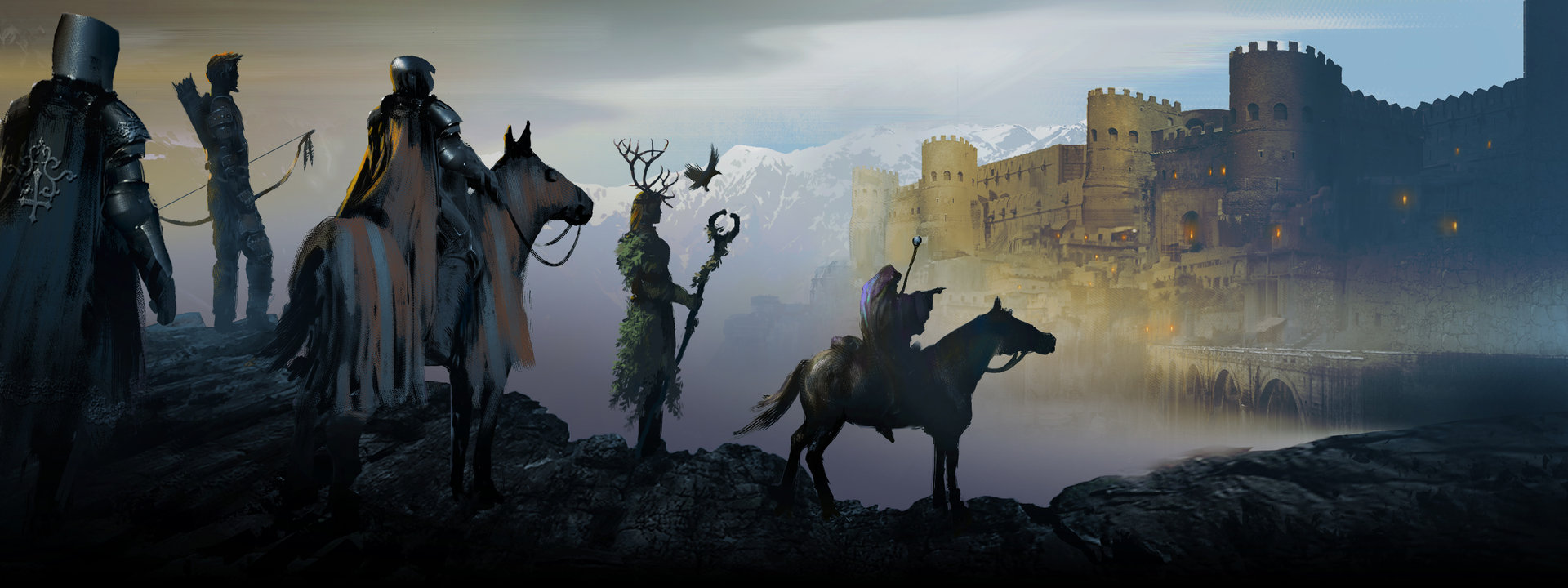
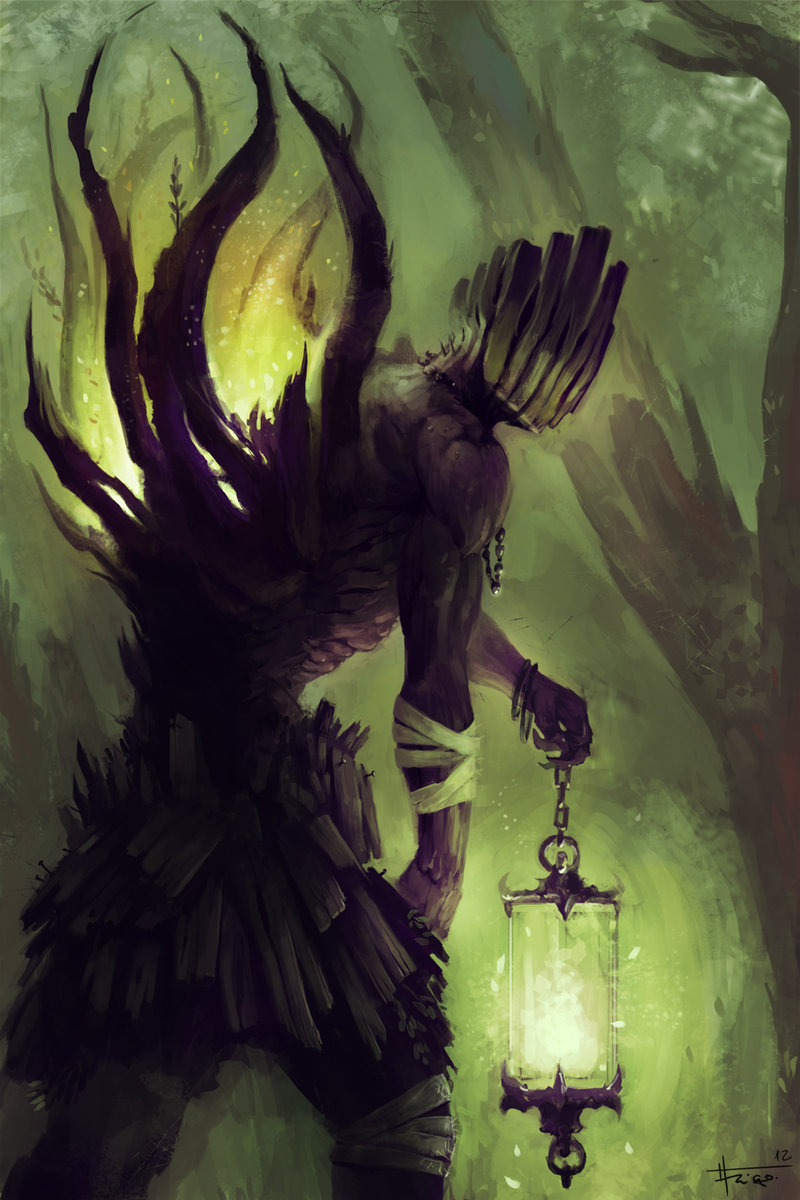
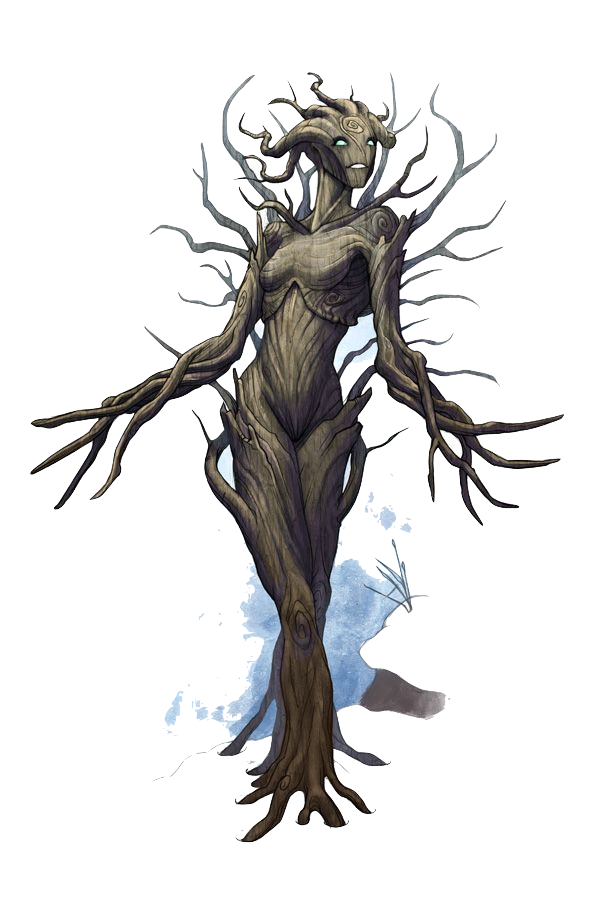
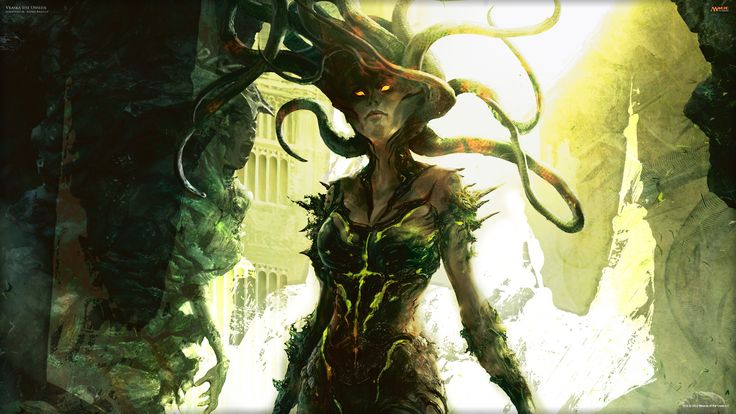
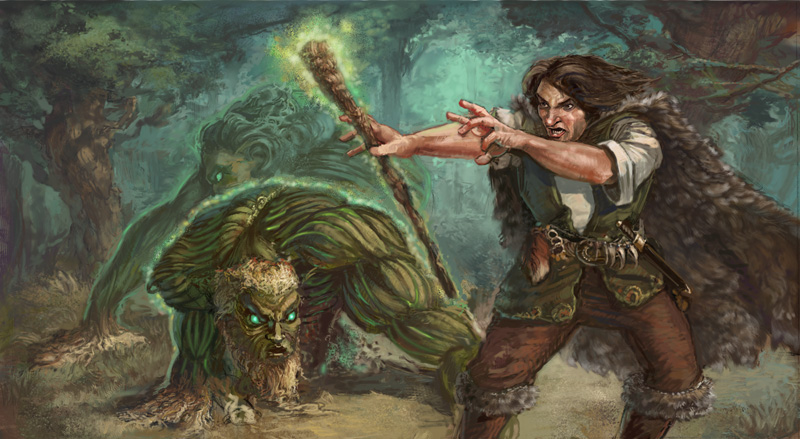
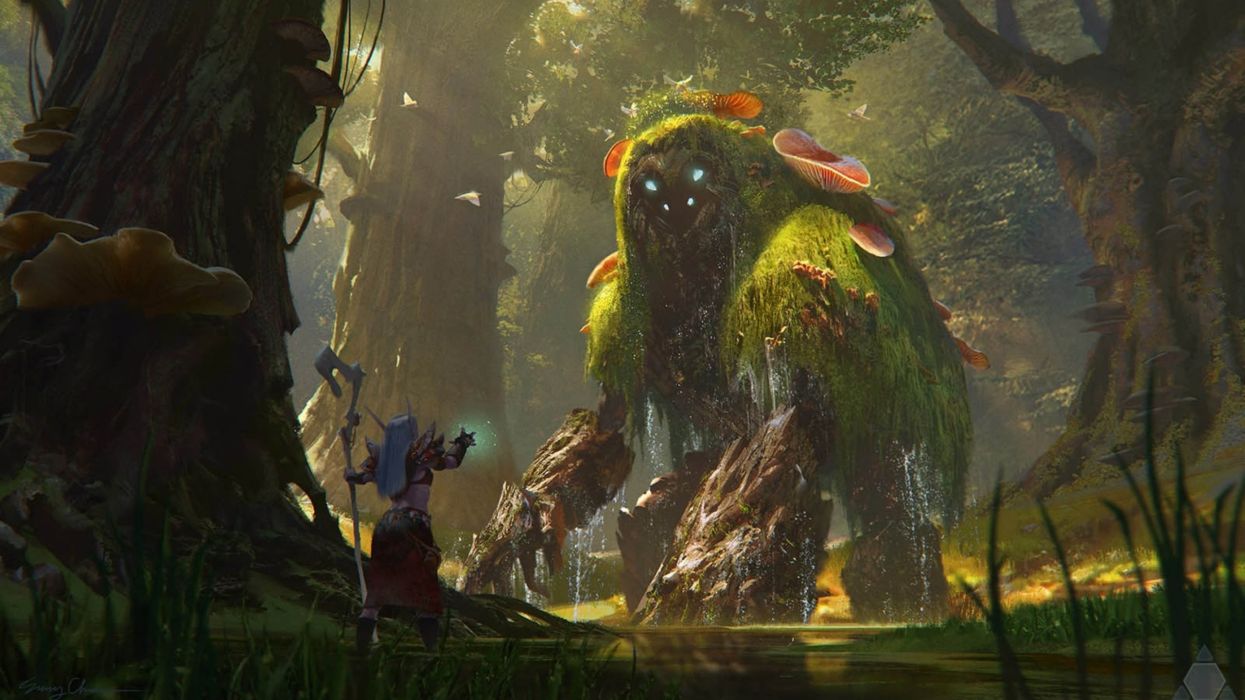
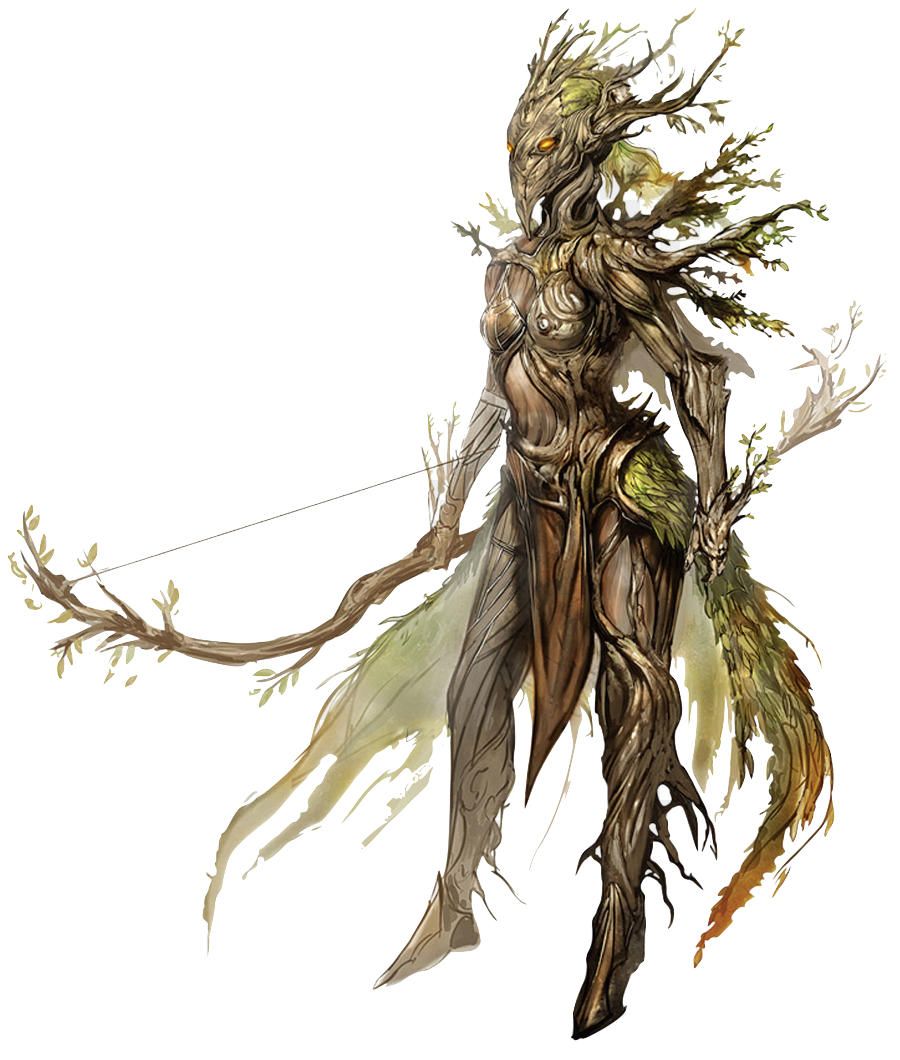
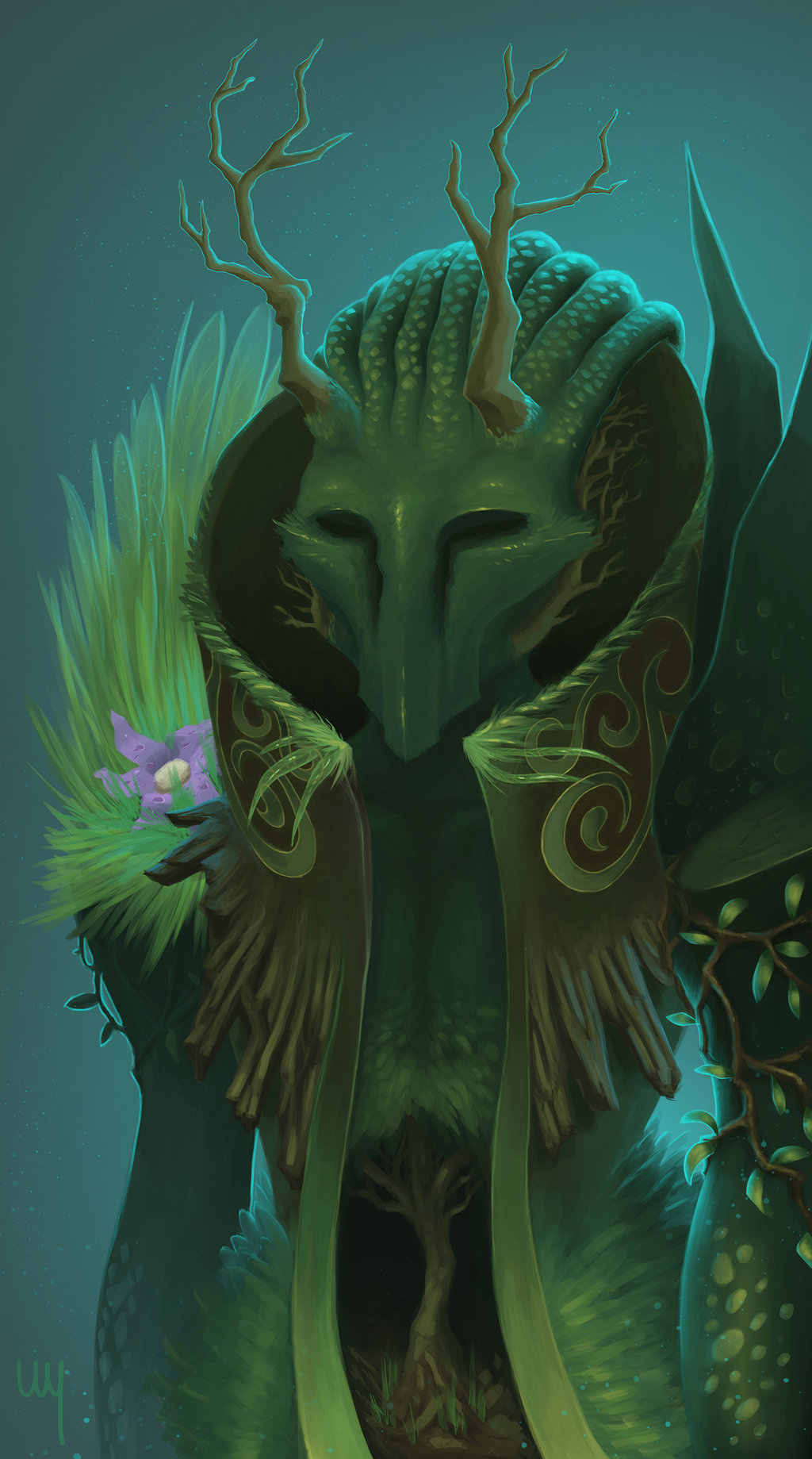
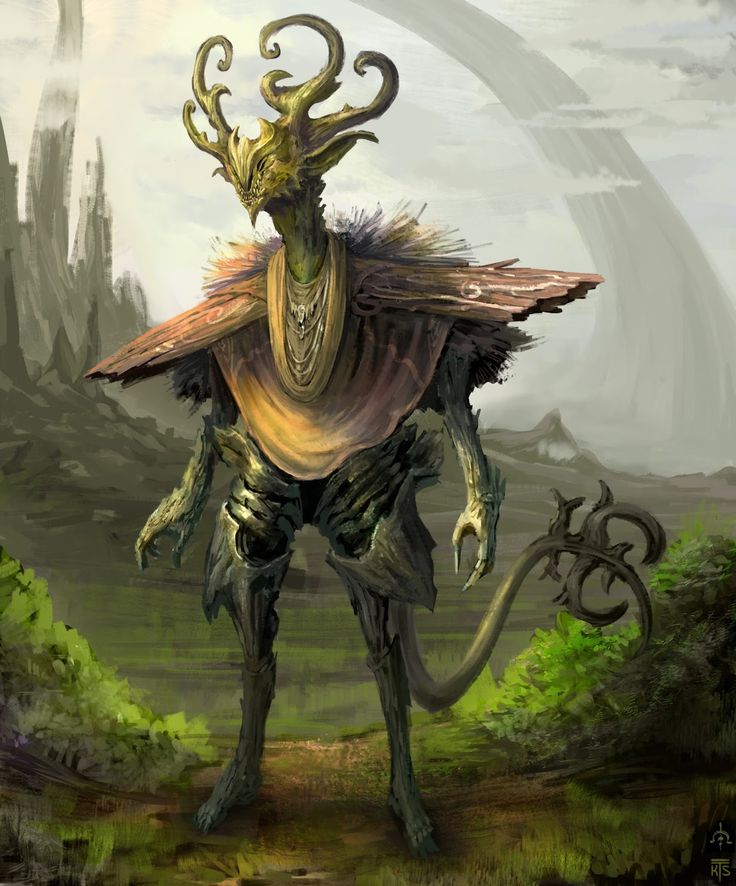
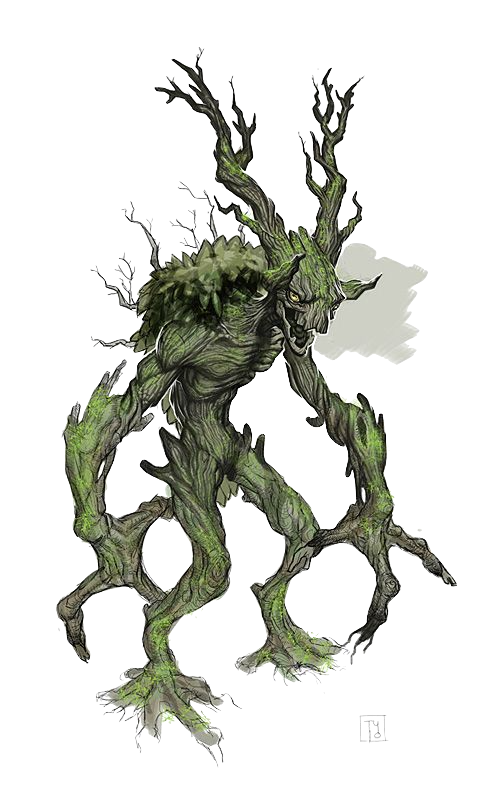
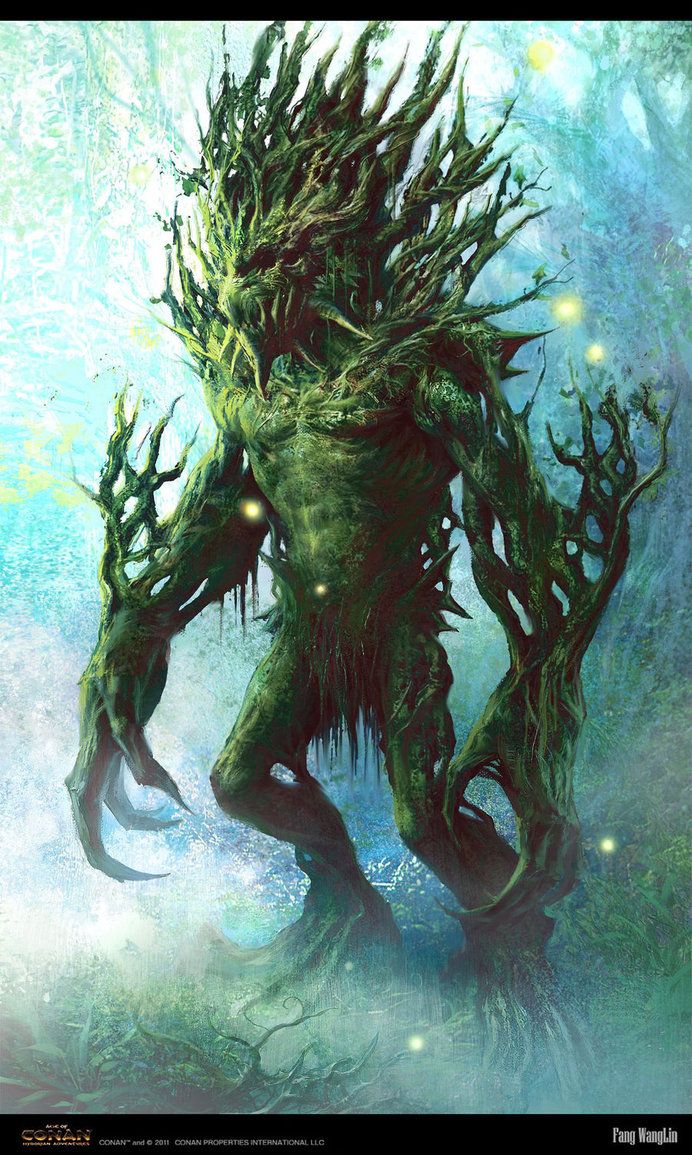
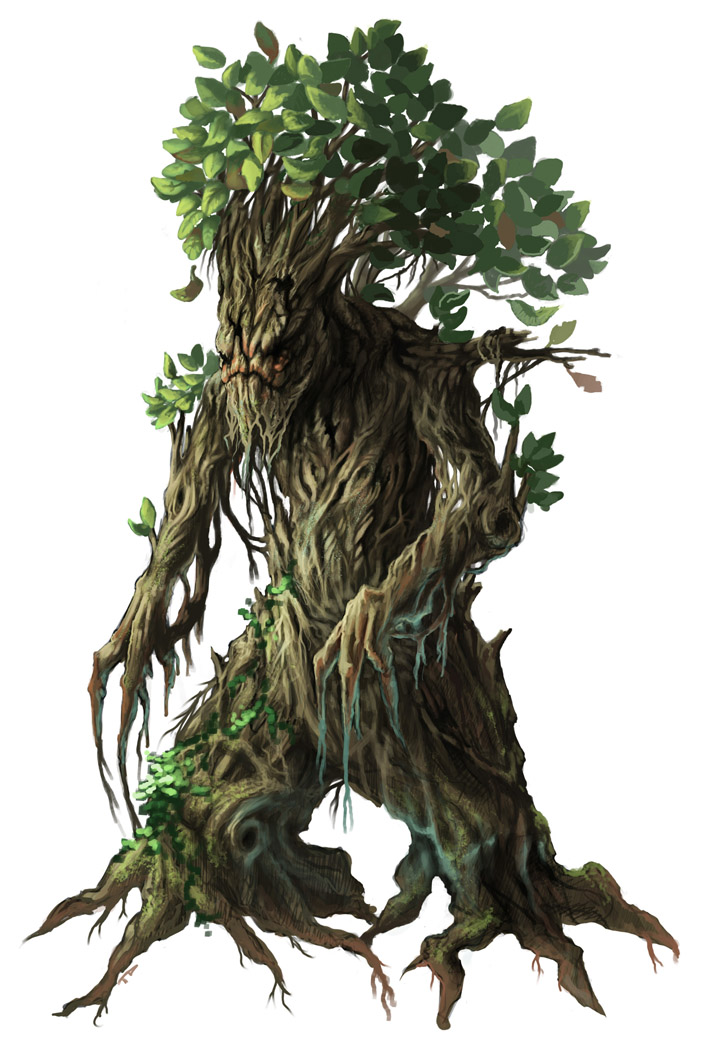
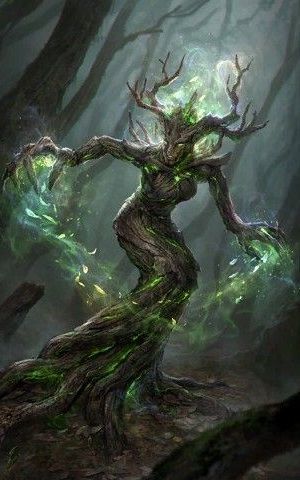
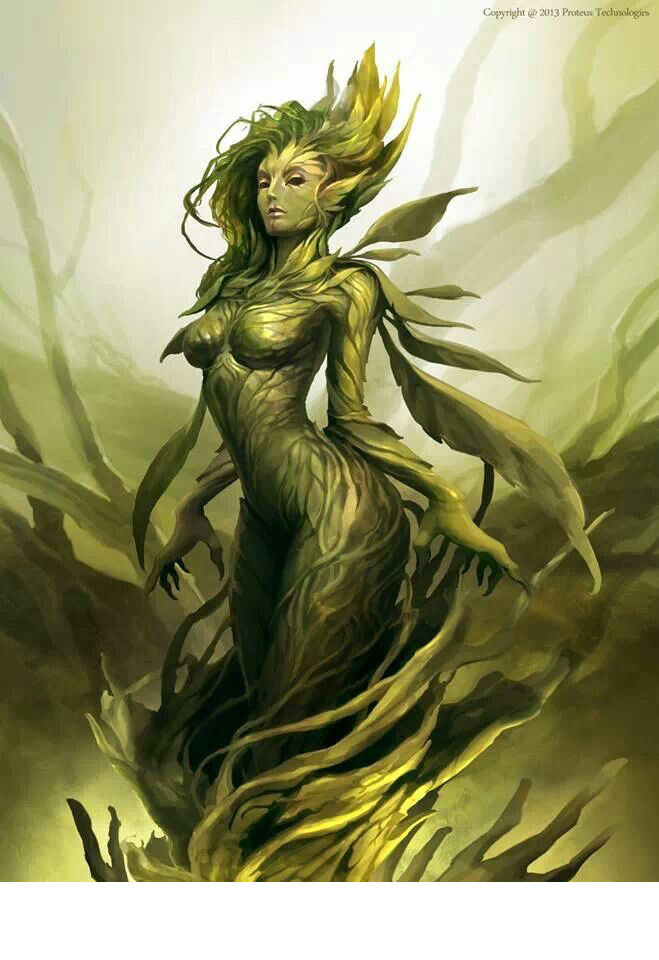
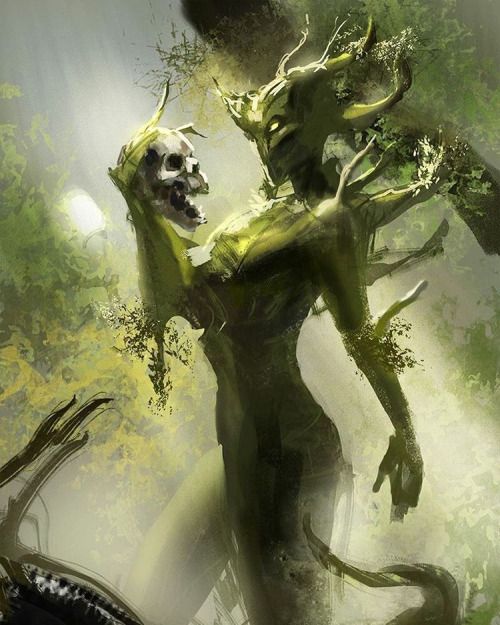
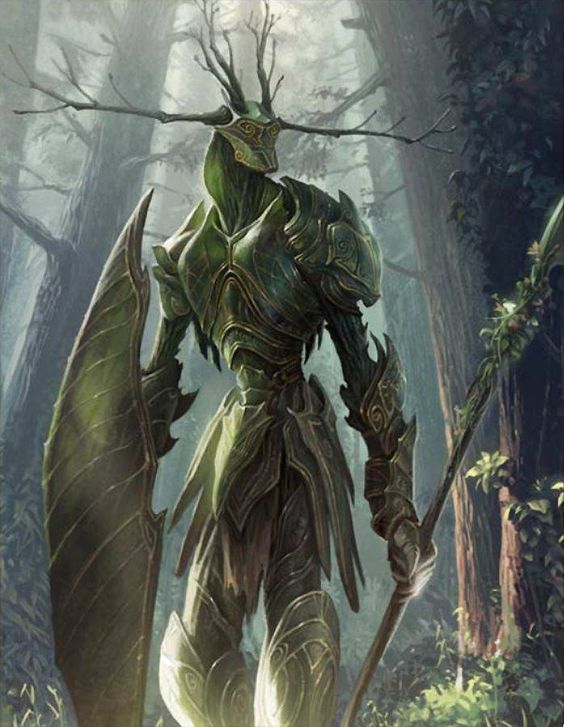
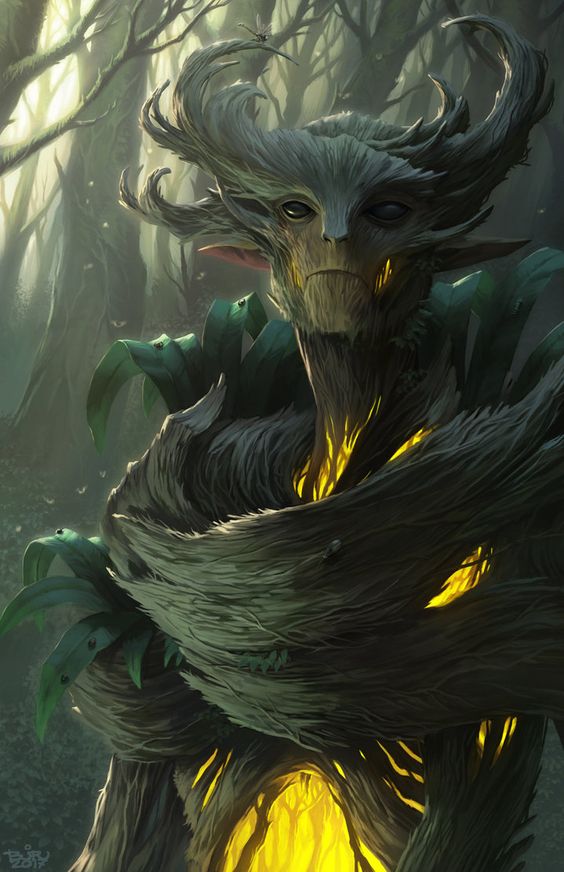
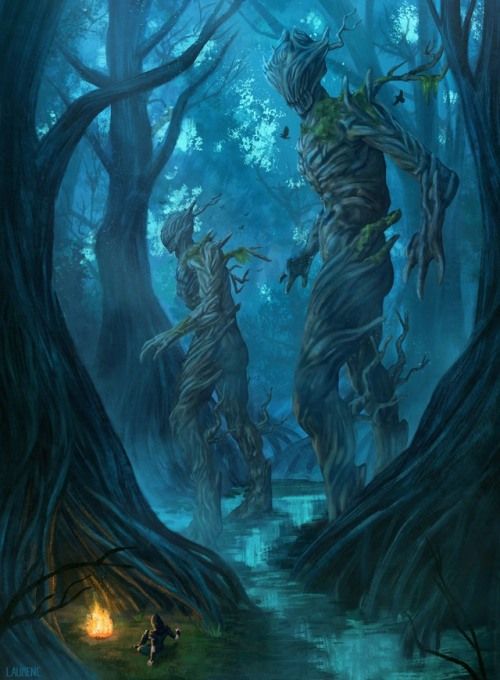
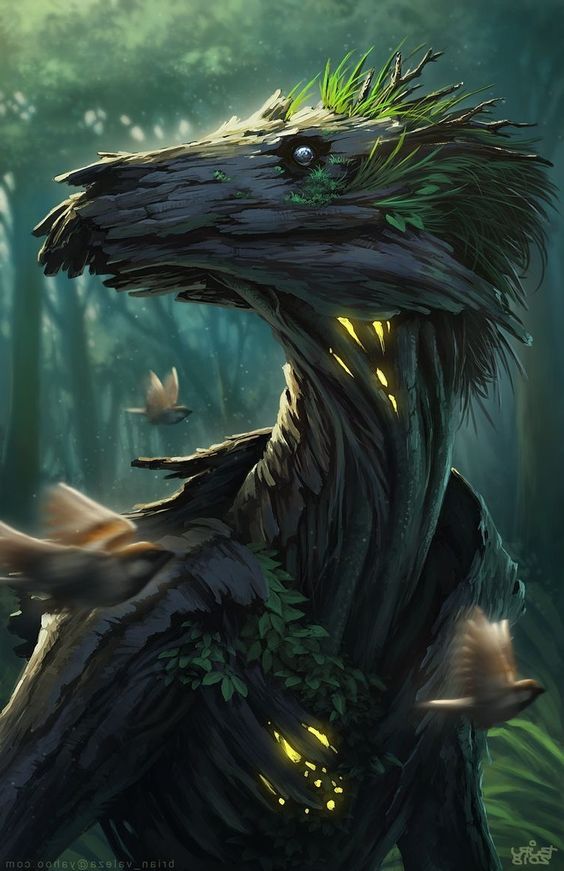

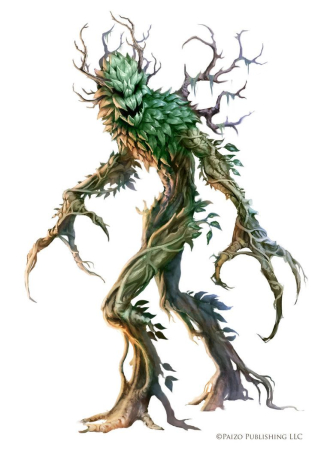
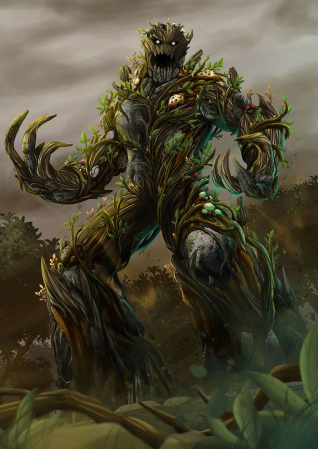





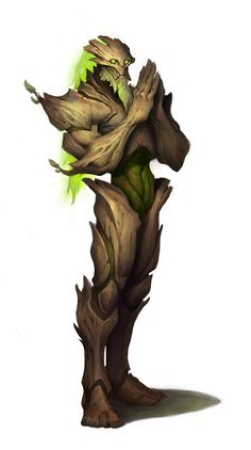
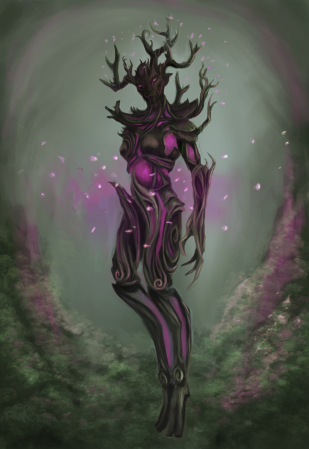
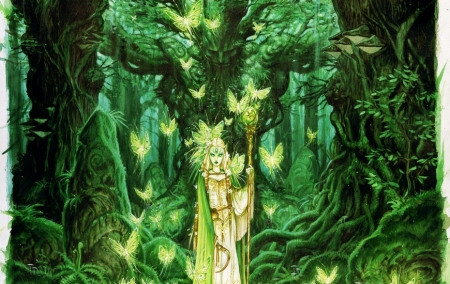

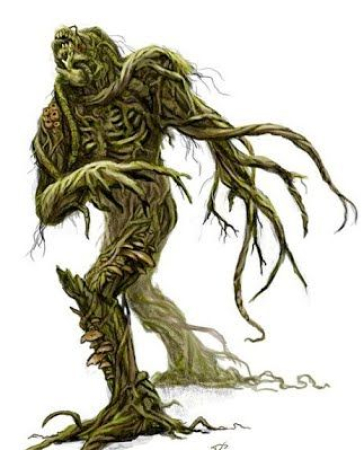
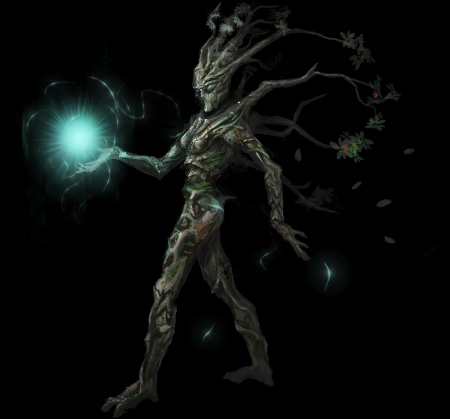
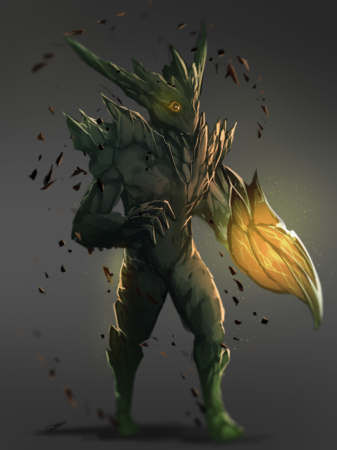
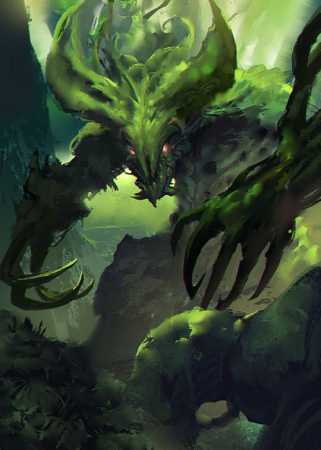


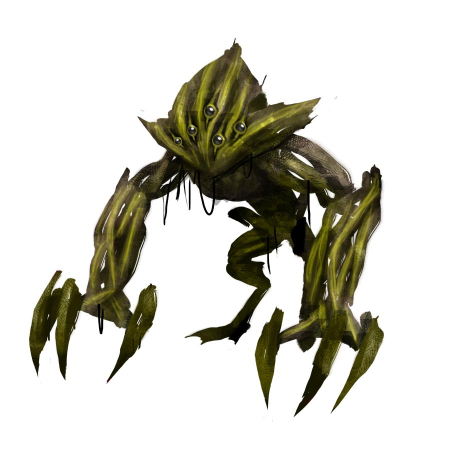

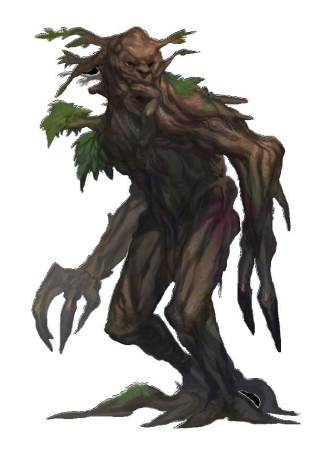
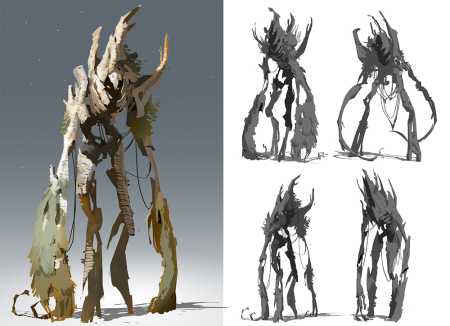
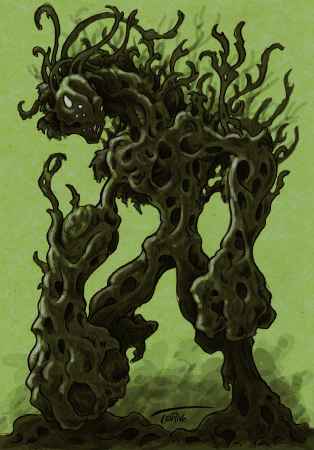


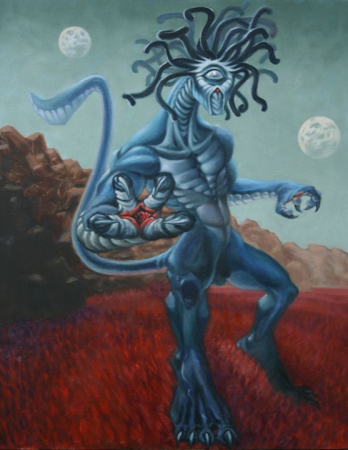
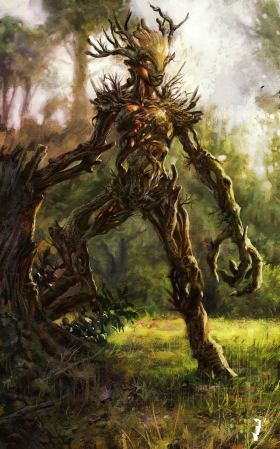
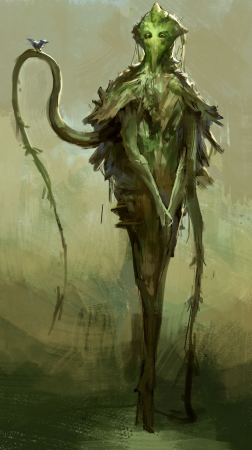
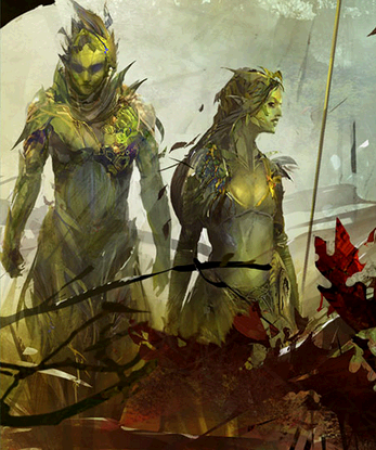

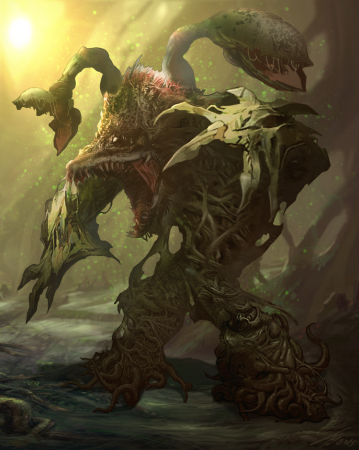
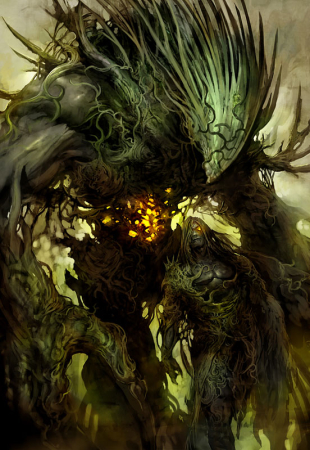
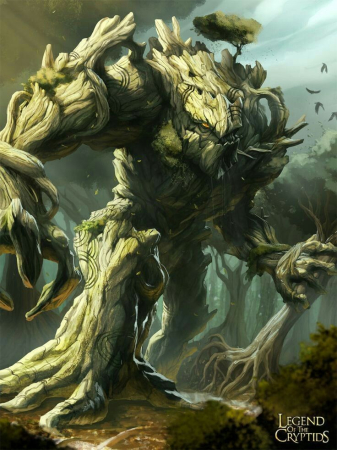
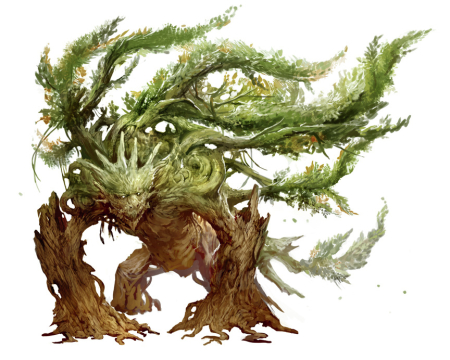
Comments